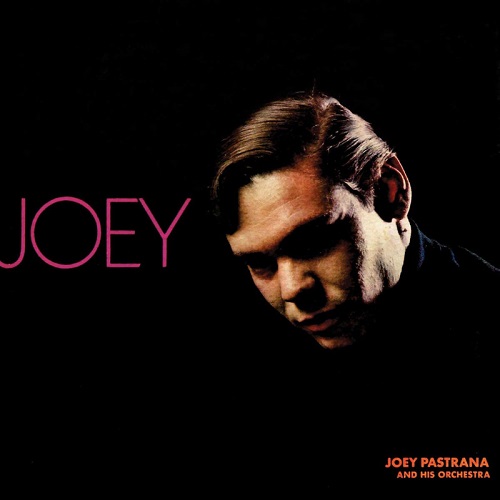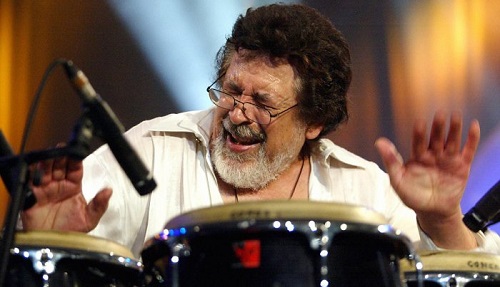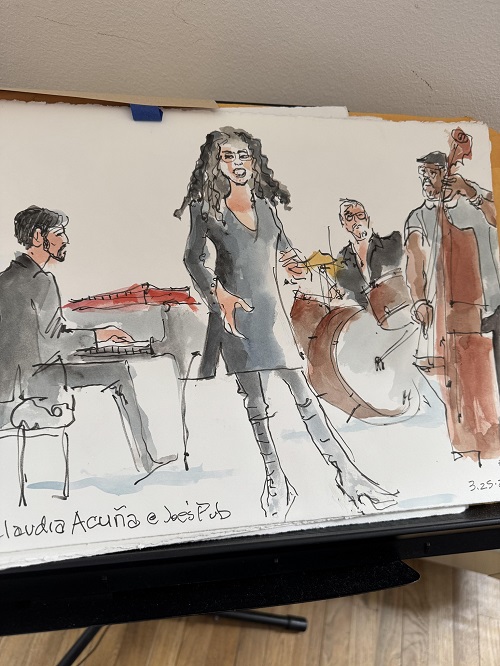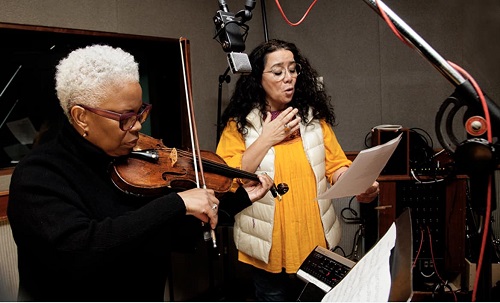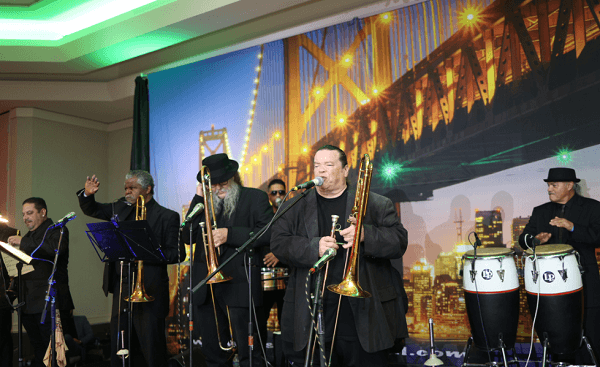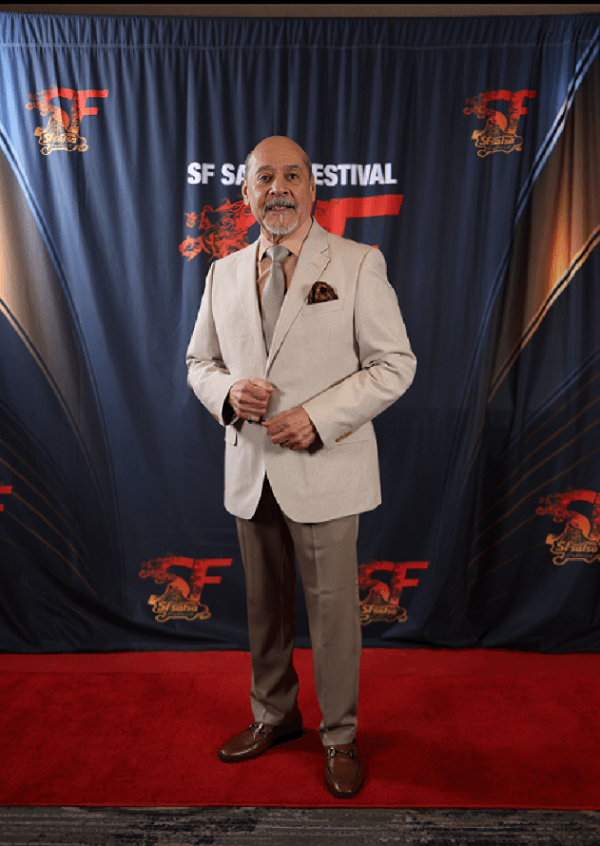Interview: Bill Martinez and Eduardo Guilarte
The term “vet” was originally used in horse-racing, referring to the requirement that a horse be checked for health and soundness by a veterinarian before being allowed to race. Thus, it has taken the general meaning “to check”. It is a figurative contraction of “veterinarian,” which originated in the mid-17th century.
The colloquial abbreviation dates to the 1860s; the verb form of the word, meaning “to treat an animal,” came a few decades later—according to the Oxford English Dictionary, the earliest known usage is 1891—and was applied primarily in a horse-racing context (“He vetted the stallion before the race,” “You should vet that horse before he races,” etc.). By the early 1900s, “vet” had begun to be used as a synonym for “evaluate,” especially when searching for flaws.
“Vetting” in reference to immigration in the United States of America involves investigations by the State Department’s security units, which include various branches of security. This process is used to assess individuals applying for visas or those who already have visas or residency status. The purpose of vetting is to ensure that individuals entering or remaining in the country are not a security risk and that they maintain their lawful status.
Eduardo Guilarte
Okay, so I’m talking with immigration attorney Bill Martinez about the current immigration situation here in the United States and the impact that the executive order is having. Bill, tell us what’s going on?
Bill Martinez
Well, since the elections, there’s been a chilling effect on the artists, presenters, promoters, everyone involved in bringing international artists over to the United States, particularly from certain country-designated countries. The executive order that Trump announced divided countries into different categories: red, yellow, and green. If you’re coming from a “red” country like Cuba or Venezuela, the vetting process is tougher.
The vetting process, which involves investigations by the State Department’s security units (which are multi, the various “ramas,” various branches of security), can delay the processing of visas for a long, long time, in some cases years. I had somebody vetted for a couple of years; he was always supposed to be here for two months. This was just last year. A famous Cuban artist was going to be honored as the best of his instrument, just to get an award.
Eduardo Guilarte
Who was that?
Bill Martinez
I can’t tell you. I don’t want to…I feel like I can’t give you that information. But it was someone very well known. Okay, and he ended up missing that opportunity. We’re going to try to bring him in again, but for right now, it’s very unsure and uncertain whether an artist will get a Visa or not.
It’s not just Cubans, but it’s across the board. The process under the executive order continues throughout, even if you have residency, even if you seem to have a Visa and you’re okay. At any point, if there’s some red flag of uncertainty, you are subject to having a Visa revoked and being returned to your home country, or in the majority of the cases for Cubans, you suffer really long delays for administrative processing, which means security clearances.
We just lost out on getting 15 young artists from the jazz school “Diana,” who were going to be in Berkeley on April 10th (or I think it was October). They were invited to go to Berkeley for about 10 days, and their visas were denied under the executive order because they come from a country whose ideology is contrary to the United States.
These are kids, and they’ve been practicing since July to come and do this wonderful exchange with their colleagues at Berkeley High School. The Berkeley High School people, the kids and supporters, were really excited for this to happen, and there was sadness for them after they got interviewed in December. They were told, “Why are you getting the administration involved? We need to vet, we need to investigate more and more.”
Finally, about three weeks ago, we found out, “Well, we made a decision because they come from a country whose etiology is going for the United States.” These are young kids, and their hearts were broken equally.
The Berkeley students wanted to reciprocate; Berkeley students to go to Cuba every year for the past eight years. They wanted to reciprocate, but they couldn’t. Similarly, a project we had with a famous Broadway producer…
Our licensed activity was essentially to send (this happened) the day after we got the denials of these kids, three days (or two days) later, I could not get visas for two of the three original members of the Buena Vista Social Club and Ibrahim Ferrer Jr., the son of Ibrahim Ferrer from the original Buena Vista Social Club. I could not get their visas to attend.
Did one of these Social Club members play on Broadway? We were only asking for one day, so the 30 kids from “Diana,” that’s nice, and the Broadway play…
Eduardo Guilarte
So, let me ask you about artists like Isaac Delgado. What’s his status right now?
Bill Martinez
I’m not sure because I know he does a yearly tour over here, I believe, and I could be wrong, but he now has dual citizenship. I’m not talking about citizenship and people who have become residents or permanent residents with permanent residence. The vetting process isn’t just to get the visa originally; it continues throughout. I mean, it is subject to review at all times. It’s an exhaustive review of the entire vetting process, and that continues even if you have residency. So, they will continue to investigate to assure that you maintain your lawful status, even when you think everything is okay.
Eduardo Guilarte
So, let me ask you this question: Let’s say that I am a permanent resident, and have been here for 20 years. Are you saying that if I am against Trump, they could potentially cancel my residency?
Bill Martinez
You can see what happened to the medical doctor, at Rutgers University. She’s a Lebanese doctor who went home to visit her family for a couple of weeks, and they wouldn’t let her back in. She had an H-1B visa. (referring to MD Rasha Alawieh, which while some initial reports mentioned Rutgers, also affiliated with Brown Medicine and had a clinical appointment at Brown University).
There was a…I forget which country this gentleman was from; I think he was a journalist, and he tweeted something against Donald Trump, and he had residency and was not allowed back yet. So, it’s a risky proposition to leave the country, even if it’s lawful and everything’s cool. You think it’s not a time to be taking risks.
Eduardo Guilarte
Thank you, Bill.
Bill Martinez



